Introduction
 Before I begin, let’s first introduce myself. My name is Robert van den Breemen. I am working as an Enterprise IT Architect for over 15 years in a large Dutch government department. I am passionate about technology and the effect it has on the way people work. As the lead in the Digital Workspace Initiative that tries to enable users to do their work in a modern way I have seen and experienced first hand what technology-enablement means and how resistant people and organizations are to change. That leads me to exploration of the causes and present some ideas for improvements that will hopefully inspire change in technology. Simply because there is bright future ahead of us.
Before I begin, let’s first introduce myself. My name is Robert van den Breemen. I am working as an Enterprise IT Architect for over 15 years in a large Dutch government department. I am passionate about technology and the effect it has on the way people work. As the lead in the Digital Workspace Initiative that tries to enable users to do their work in a modern way I have seen and experienced first hand what technology-enablement means and how resistant people and organizations are to change. That leads me to exploration of the causes and present some ideas for improvements that will hopefully inspire change in technology. Simply because there is bright future ahead of us.
An essay on seamless cross integration between mail client and social platform(s)
In this essay (in three parts) I am going to explore the topic by creating a context and give my analysis of the situation. I will paint a picture of the reasons why people are not as efficient as they could be. I will explore what is probably going on in large enterprises. Which finally leads me to some new ideas why seamless cross integration of products is way more important than tons of new features in product and platforms.
So one of the use cases that seems to be ignored in the collaboration space is the fact that sharing files and documents is done through e-mail as often as before. Even though Connections Files is a great way to share Files and Documents around it’s not done as much as you would expect. So let’s look at the root causes of this problem and why do people not change their behavior.
Some causes that we have seen within our deployment of Notes and Connections:
- People just are not used to Connections Files, they find it hard to use.
- People are used (habit) to putting their files in the mail and sending it to end-users.
- People are getting e-mails from the outside world as attachments.
- People still have their files on local disks and network shares, and drag and drop files into their e-mail.
- e-Mail is still the most common way to share stuff around to other people, to collaborate.
- People still think knowledge is power and they need to hoard and protect their content.
- Notes Mail and Connections Files are NOT integrated, it takes changes in one’s habits and workflow changes that are harder then just dragging and dropping.
- People live on file sharing, Office products and mail clients, not in browsers and Web pages.
- People are hard to convince to use yet another platform.
- People have their files and knowledge live in many places, mailboxes, Dropbox, file sharing, cloud drives, teamrooms, and… and…
- People send stuff to the outside world, then having stuff in Connections Files does not help. So drop it into an e- mail, and off you go.
- People don’t know anymore where their stuff is opened, so e-mail with attachments might be opened on mobile devices, on android, on ipad or iphones or a Web client. Or even sent to an external user with Google Mail or Outlook mail client, or Apple Mail. It should all just work.
 When you ask adoption consultants what the problem is most of them will tell you that it’s a training and habit problem. So you just need to educate people more, teach them where to do their tasks more efficiently and how to collaborate more efficiently. Thus the movement of “Zero eMail”. But lots of tasks still happen in e-mail and people just have plain bad habits. But to be honest, the tools to communicate and collaborate don’t help you… In the last 5 years we have seen more and more options to collaborate to work differently. And yes, we just gave people yet another option to worry about, we added a channel, we called it a “social platform” (Connections). So basically we just added one more channel to their daily work habits. What do you think, did that help? It depends, it all depends on who you ask.
When you ask adoption consultants what the problem is most of them will tell you that it’s a training and habit problem. So you just need to educate people more, teach them where to do their tasks more efficiently and how to collaborate more efficiently. Thus the movement of “Zero eMail”. But lots of tasks still happen in e-mail and people just have plain bad habits. But to be honest, the tools to communicate and collaborate don’t help you… In the last 5 years we have seen more and more options to collaborate to work differently. And yes, we just gave people yet another option to worry about, we added a channel, we called it a “social platform” (Connections). So basically we just added one more channel to their daily work habits. What do you think, did that help? It depends, it all depends on who you ask.
There are the true believers. We call them evangelists. People who truly believe that the way to go is to leave email behind and start working as a connected company. They will tell you that email is inefficient and that you have to change your ways. They show you convincing examples of how to change your ways. They create the 7 habits of highly effective people without e-mail. And they are right, of course. In a way we can be more efficient by working in a more open and connected platform, where people collaborate more openly, where you work together online in real time on a document, instead  of exchanging e-mails with individuals, fragmenting the discussions. You can involve your whole team, they can all see and comment on work items (aka documents). Thus you build on each other’s knowledge (like standing on the shoulders of giants). Clearly this is better. Its potential is clear. So people try. Some convert and will become believers as well. The believers will always try to work in the new way. Use the tools of their new beliefs. Even though it’s not always easy to follow along this path…
of exchanging e-mails with individuals, fragmenting the discussions. You can involve your whole team, they can all see and comment on work items (aka documents). Thus you build on each other’s knowledge (like standing on the shoulders of giants). Clearly this is better. Its potential is clear. So people try. Some convert and will become believers as well. The believers will always try to work in the new way. Use the tools of their new beliefs. Even though it’s not always easy to follow along this path…
However in the meantime there are the haters too. They believe there is nothing wrong with their ways. They have worked this way for many many many years. Even though they can see some benefits in the way of the believers. They also see the flaws. They notice that the products are different. The ways of working are more open. You could easily see flaws. People make mistakes. So it boils down that these people resist. And start hating what the believers are telling them. They will resist the change that is happening. At every chance they will point out the flaws in the new way of working and the new tools. Some even believe that it might work, but point out that there is a whole other religion. It’s similar but another church and their ways and tools are just more appealing. They work better, smoother and have been around just as long. And that church copies some of the features, but improves upon them.
The truth is that the majority of people within an enterprise is caught somewhere in between the lines. They yet don’t see the benefits of the new ways of working and don’t understand the new tools. In fact, they just need to get their work done and want to get out of the office in time. They are just overwhelmed with the all the new functions and old options they are used to. They don’t want to change, it’s working just fine. They just want to be productive and get their work done. Of course they want to collaborate. Most work in teams anyway, so they have worked that way, right? Over the years the tools keep changing over and over again. And the collaboration is done by groups of people. So even if the individual believes there are better ways, there is still the bigger group that needs to change their ways. In the mean time the world is changing in an increasingly faster pace, with mobile and cloud introducing new options daily, it seems.
 So this is the context of most enterprise organizations that have started down the route to become a more social or a more connected enterprise. Some start with a clear vision of a more collaborative future of the work environment, where people can collaborate seamlessly with others, where leadership recognizes that they need to differentiate themselves from their competitors. There are different strategies to reach those goals of course. But as we all know culture eats strategy for lunch. In large organizations it is very hard to change culture . Strong leadership is needed. But even if you have strong leadership and a great vision of the future, even if that’s there that’s not a recipient for success. Why? Well leadership changes. The change of culture is difficult. The payoff takes a while. Value is not immediately apparent. People resist change. And tools are flawed. But, but, but, in time this will all be fixed. If we just switch to a tool that works? Or it will work the tools will become better and work seamlessly. Tools are simple to change, it is just the technology. And then people will see the benefit in the end and start working differently. And while this is all happening around us, people suffer. They are faced with an ever growing multitude of tools and choices. Choices they have to make. People have become the “integrators” between all the tools for their new way of working. And most enterprises fail to implement this better future effortlessly. Simply because you need long term leadership in place and that’s not the way most companies are built. It’s about short term and immediate return.
So this is the context of most enterprise organizations that have started down the route to become a more social or a more connected enterprise. Some start with a clear vision of a more collaborative future of the work environment, where people can collaborate seamlessly with others, where leadership recognizes that they need to differentiate themselves from their competitors. There are different strategies to reach those goals of course. But as we all know culture eats strategy for lunch. In large organizations it is very hard to change culture . Strong leadership is needed. But even if you have strong leadership and a great vision of the future, even if that’s there that’s not a recipient for success. Why? Well leadership changes. The change of culture is difficult. The payoff takes a while. Value is not immediately apparent. People resist change. And tools are flawed. But, but, but, in time this will all be fixed. If we just switch to a tool that works? Or it will work the tools will become better and work seamlessly. Tools are simple to change, it is just the technology. And then people will see the benefit in the end and start working differently. And while this is all happening around us, people suffer. They are faced with an ever growing multitude of tools and choices. Choices they have to make. People have become the “integrators” between all the tools for their new way of working. And most enterprises fail to implement this better future effortlessly. Simply because you need long term leadership in place and that’s not the way most companies are built. It’s about short term and immediate return.
But what if we can incrementally change and grow slowly toward a better future? In the next part of this essay I will explore why products don’t help as much as they could…

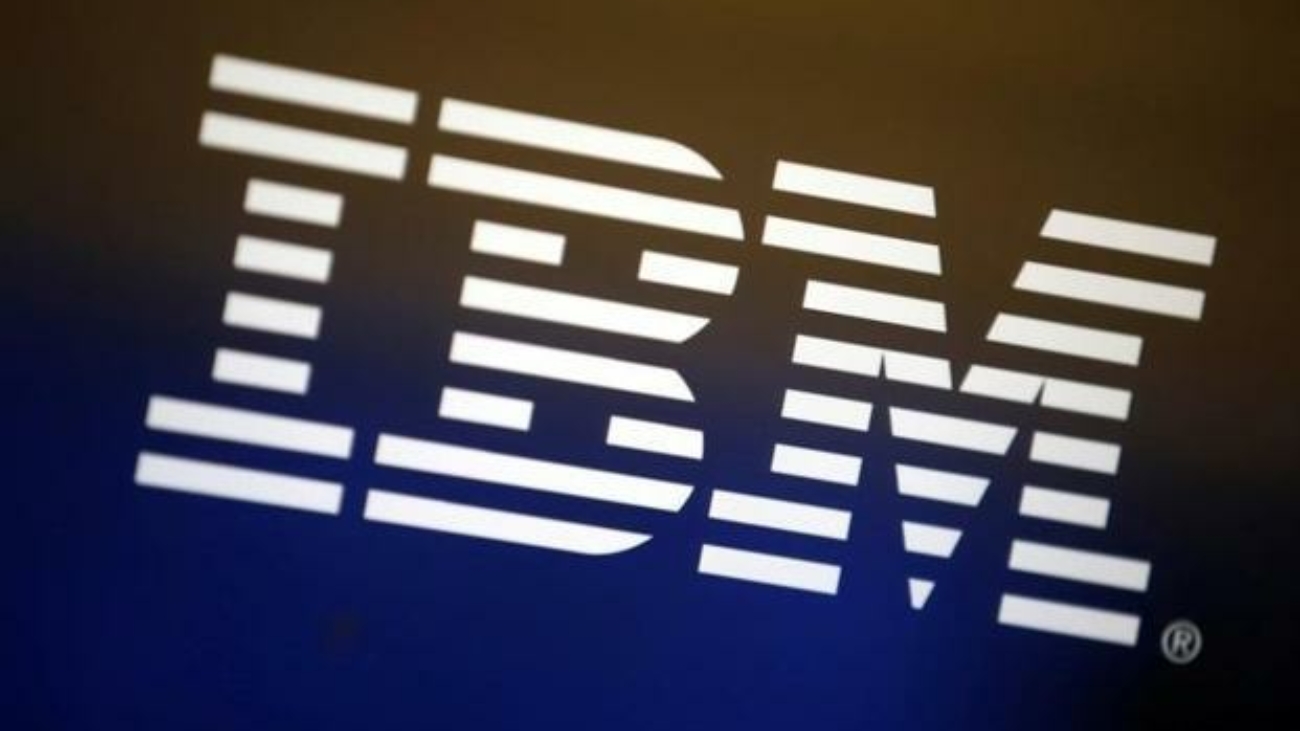

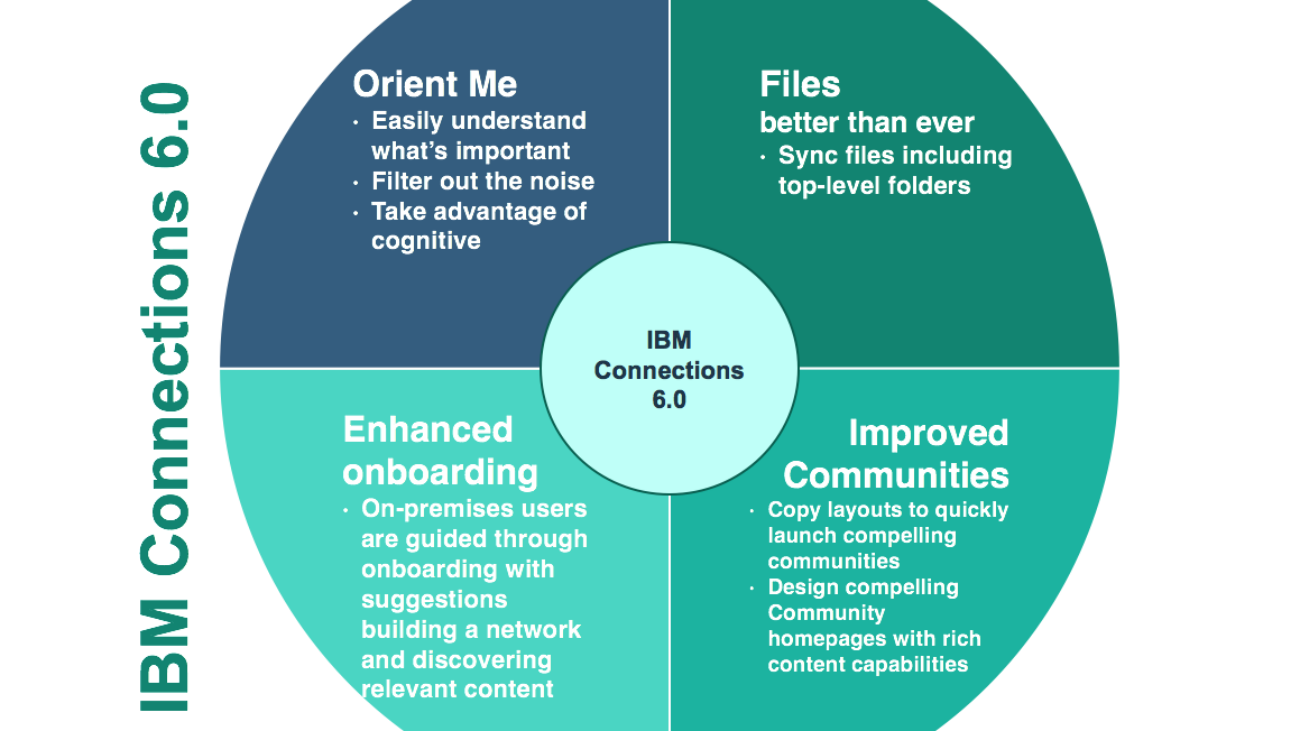
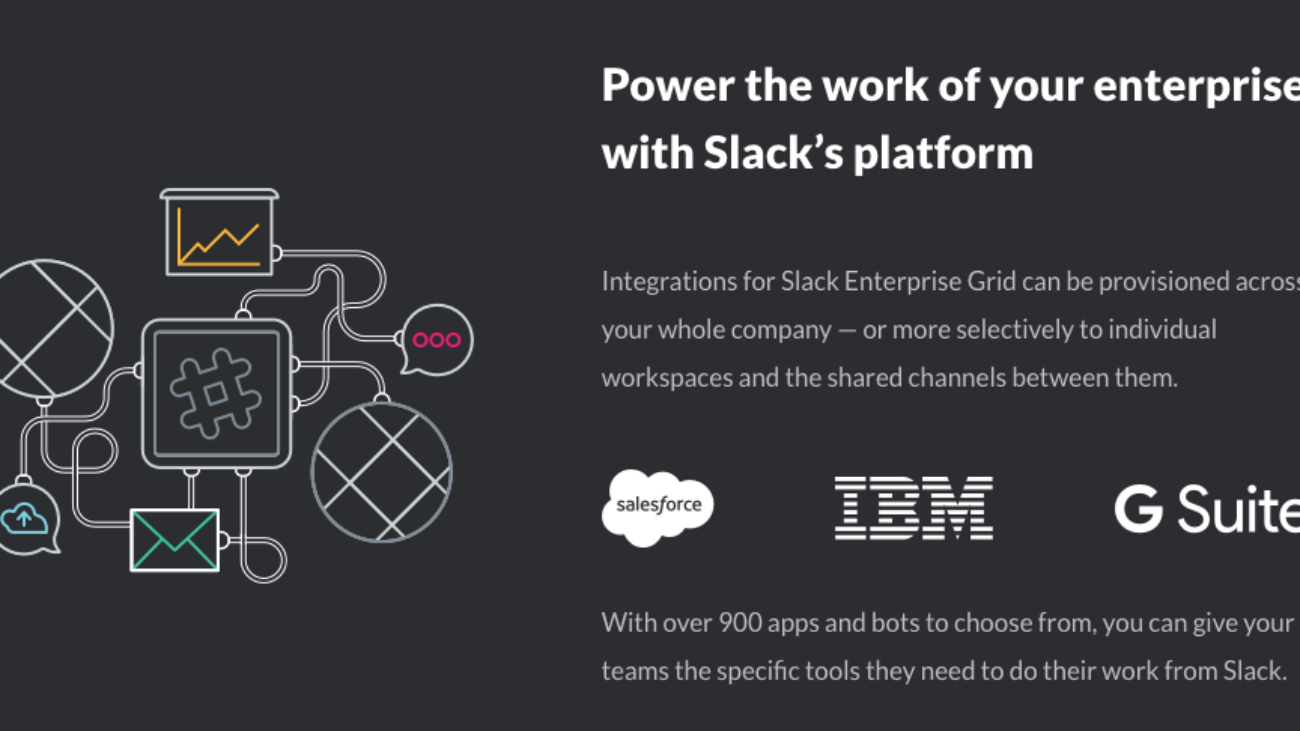
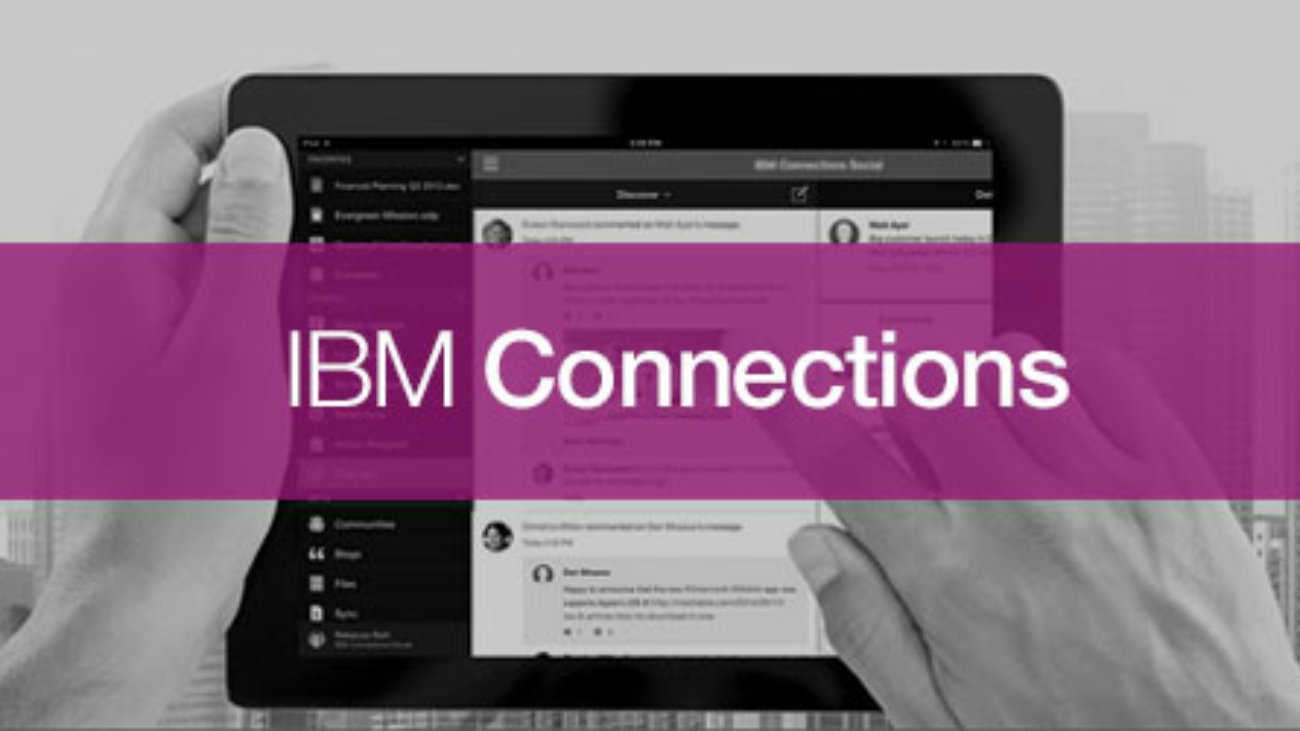

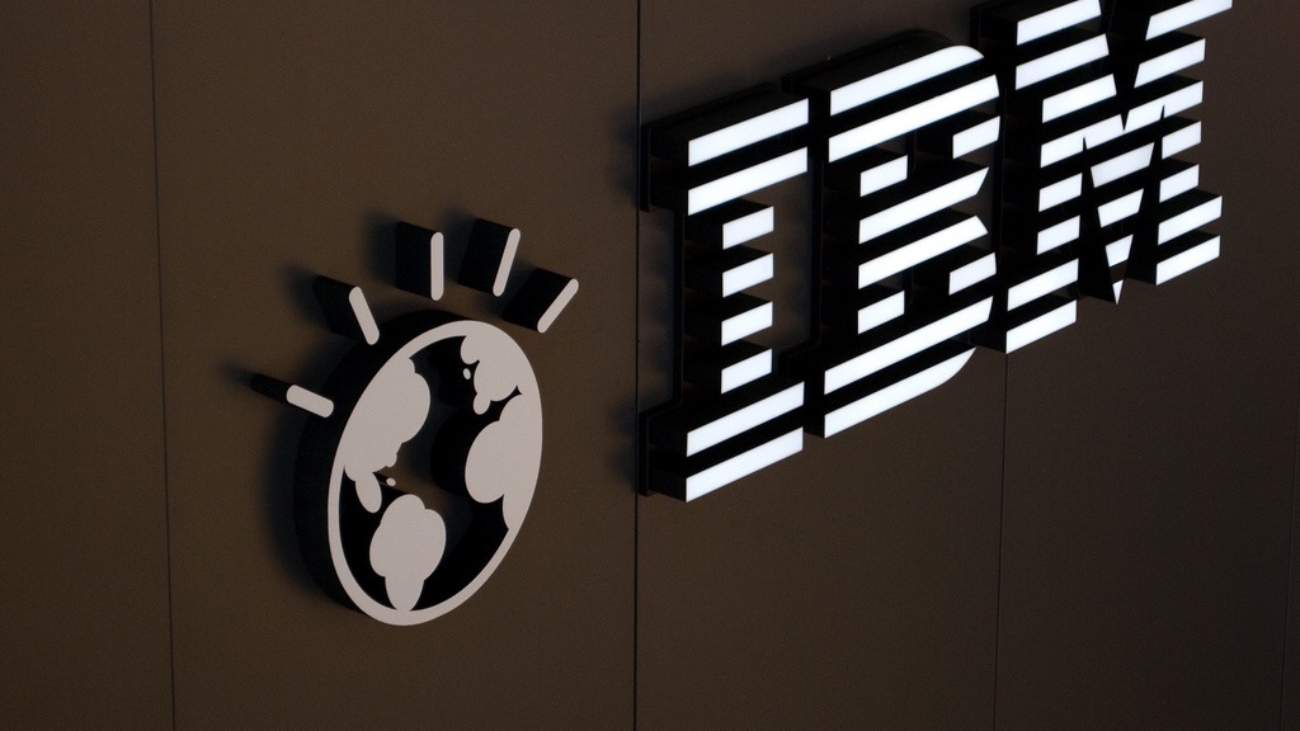


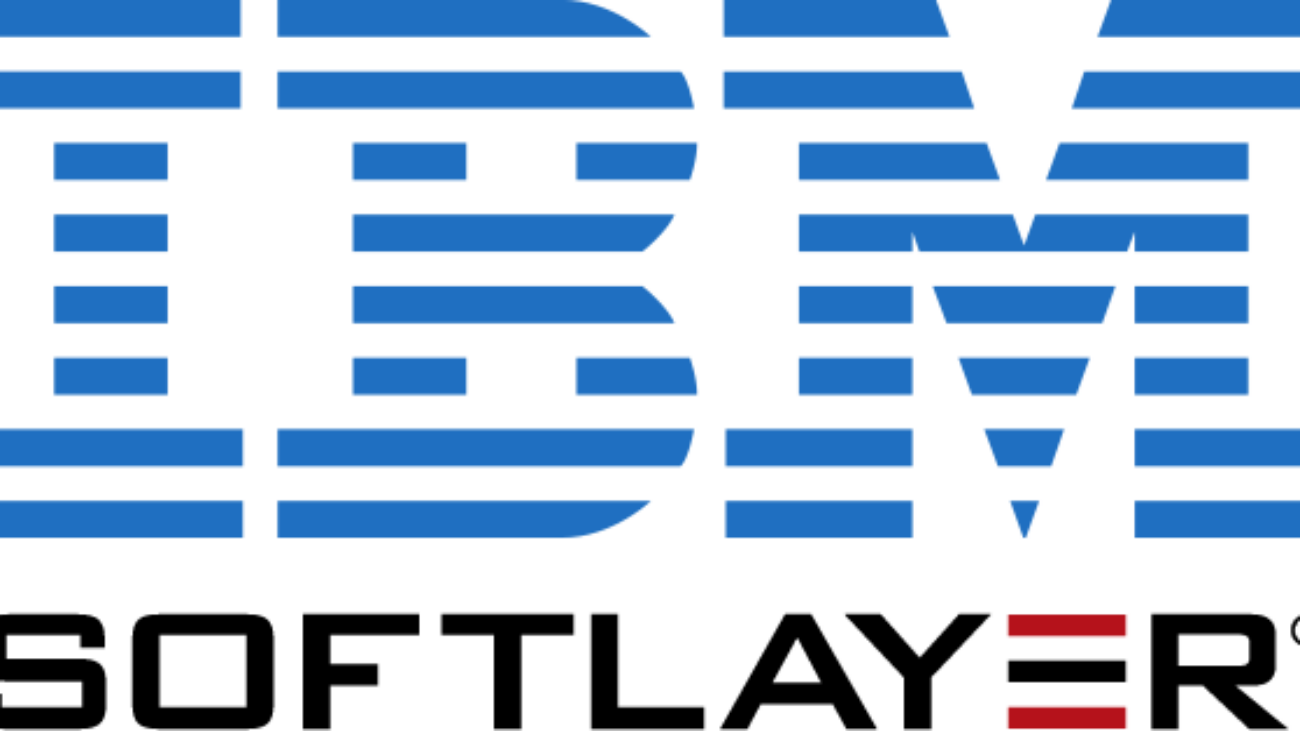
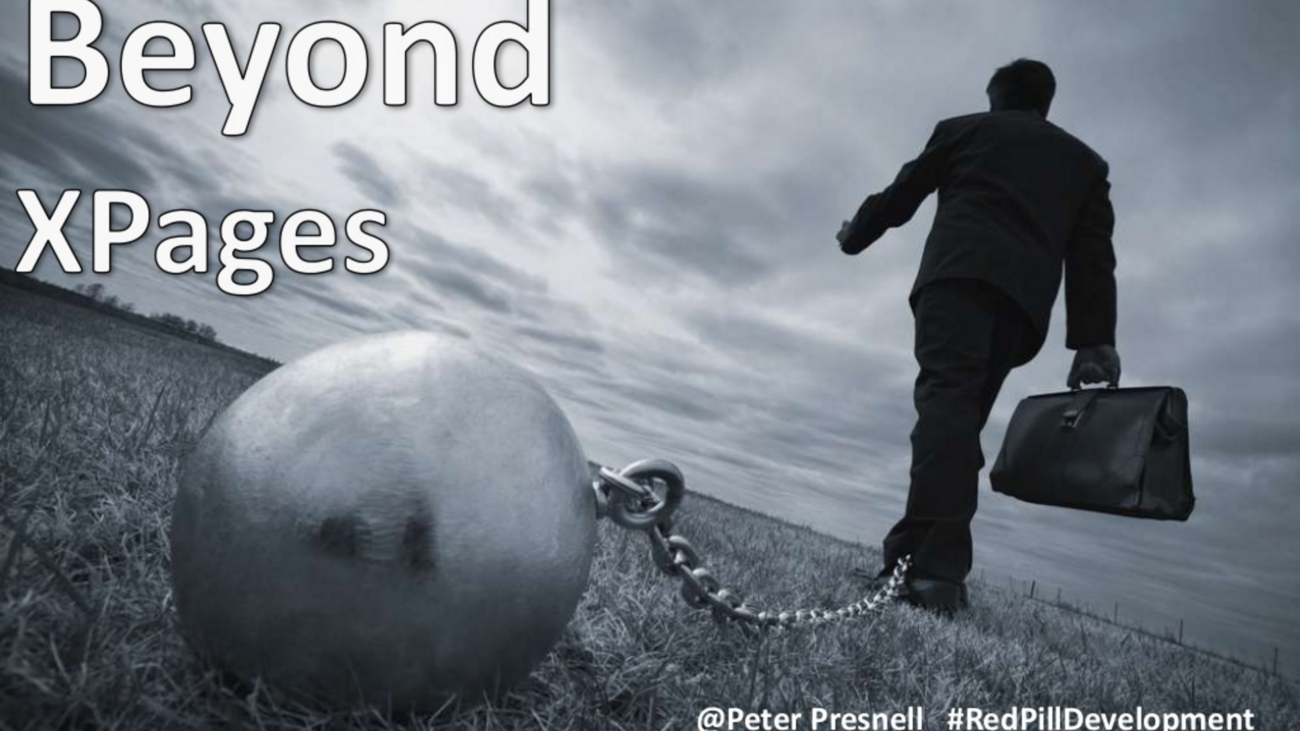
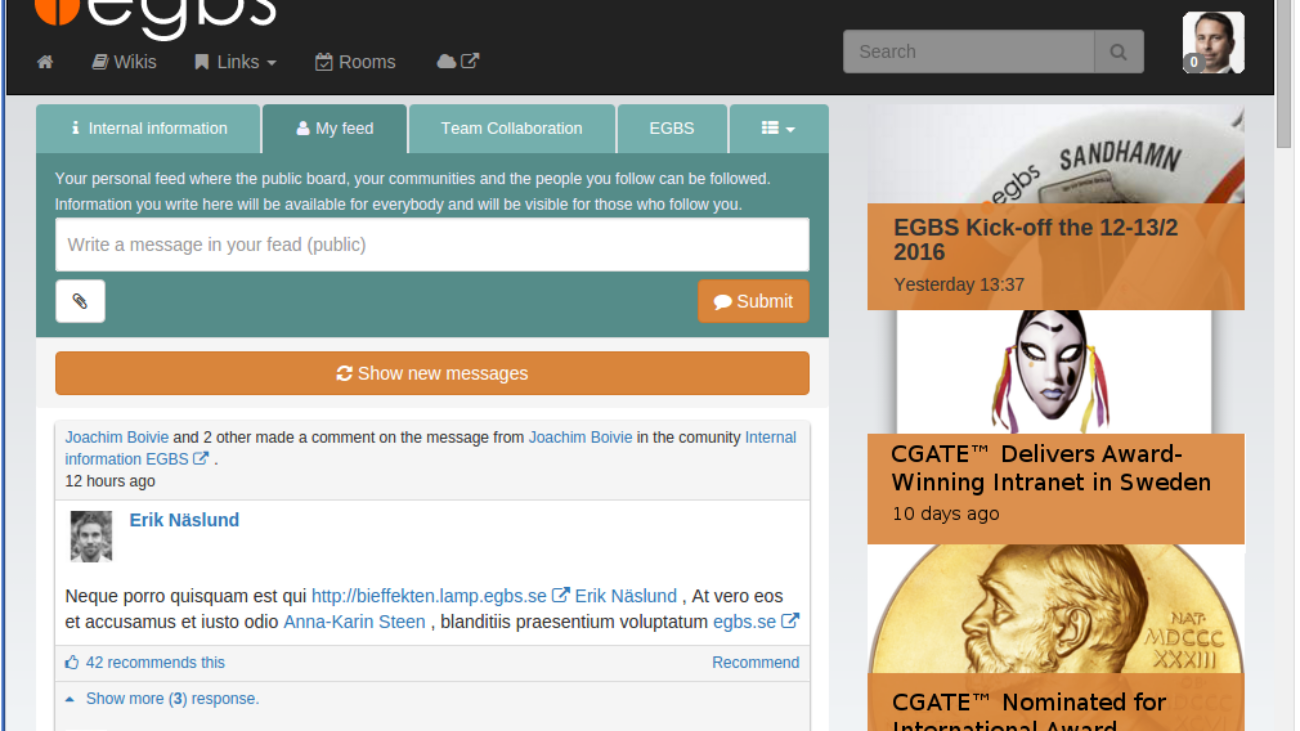

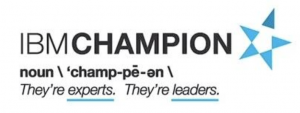 Non-IBMers who evangelize IBM solutions, share their knowledge and help grow the community of professionals who are focused on social business and IBM Collaboration Solutions. IBM Champions spend a considerable amount of their own time, energy and resources on community efforts — organizing and leading user group events, answering questions in forums, contributing wiki articles and applications, publishing podcasts, sharing instructional videos and more!
Non-IBMers who evangelize IBM solutions, share their knowledge and help grow the community of professionals who are focused on social business and IBM Collaboration Solutions. IBM Champions spend a considerable amount of their own time, energy and resources on community efforts — organizing and leading user group events, answering questions in forums, contributing wiki articles and applications, publishing podcasts, sharing instructional videos and more!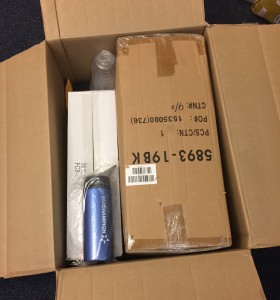

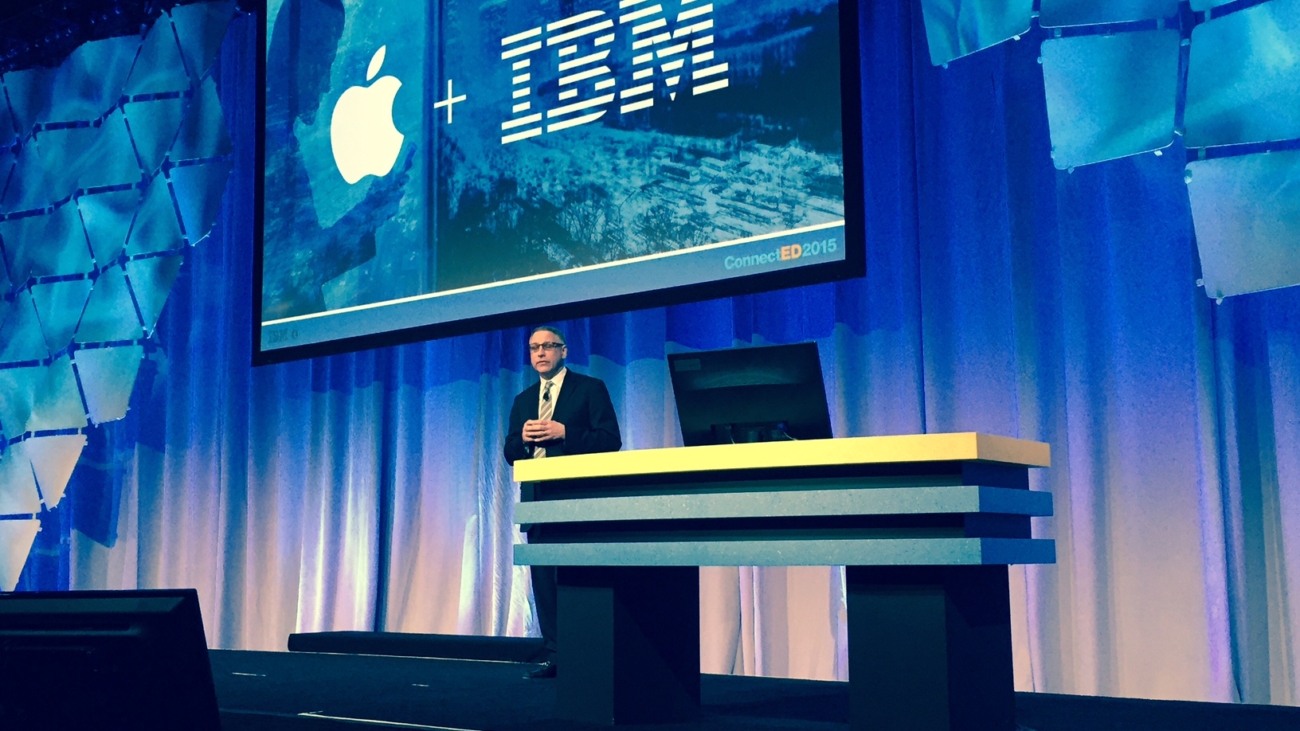


 In case of IBM Connections and IBM Notes this is clearly the case. But that’s not unique in the marketplace, by the way! Products have been dealt with by different groups. Notes is a 25 year old product and on the other hand Connections is just 7 years old (ok, the roots of the products can be traced to internal projects, but still). So it’s not weird that the products have their own ways and create their own habits. And believe me e-mail is not dead, not by a long shot. So over time other mail clients appeared in the marketplace, like Gmail, Yahoo Mail, Hotmail and Apple Mail. All in all THE most common way to collaborate is through e-mail and documents. For both within organizations and beyond, it’s simply the least common denominator in most cases. Collaboration based on e-mail has run into many issues over the years and fixed them. The standards lack precision so there are issues between technology implementations. e-Mail is still not secure from end user to end user after 25 years+. Attachments get bounced because of size. Calendar items are handled differently by everyone. This causes lots of problems in everyday worklife. Who has not dealt with calendar problems, file size issues (it’s just too big) and security worries (viruses and unencrypted mail traffic)?
In case of IBM Connections and IBM Notes this is clearly the case. But that’s not unique in the marketplace, by the way! Products have been dealt with by different groups. Notes is a 25 year old product and on the other hand Connections is just 7 years old (ok, the roots of the products can be traced to internal projects, but still). So it’s not weird that the products have their own ways and create their own habits. And believe me e-mail is not dead, not by a long shot. So over time other mail clients appeared in the marketplace, like Gmail, Yahoo Mail, Hotmail and Apple Mail. All in all THE most common way to collaborate is through e-mail and documents. For both within organizations and beyond, it’s simply the least common denominator in most cases. Collaboration based on e-mail has run into many issues over the years and fixed them. The standards lack precision so there are issues between technology implementations. e-Mail is still not secure from end user to end user after 25 years+. Attachments get bounced because of size. Calendar items are handled differently by everyone. This causes lots of problems in everyday worklife. Who has not dealt with calendar problems, file size issues (it’s just too big) and security worries (viruses and unencrypted mail traffic)?
 When you ask adoption consultants what the problem is most of them will tell you that it’s a training and habit problem. So you just need to educate people more, teach them where to do their tasks more efficiently and how to collaborate more efficiently. Thus the movement of “Zero eMail”. But lots of tasks still happen in e-mail and people just have plain bad habits. But to be honest, the tools to communicate and collaborate don’t help you… In the last 5 years we have seen more and more options to collaborate to work differently. And yes, we just gave people yet another option to worry about, we added a channel, we called it a “social platform” (Connections). So basically we just added one more channel to their daily work habits. What do you think, did that help? It depends, it all depends on who you ask.
When you ask adoption consultants what the problem is most of them will tell you that it’s a training and habit problem. So you just need to educate people more, teach them where to do their tasks more efficiently and how to collaborate more efficiently. Thus the movement of “Zero eMail”. But lots of tasks still happen in e-mail and people just have plain bad habits. But to be honest, the tools to communicate and collaborate don’t help you… In the last 5 years we have seen more and more options to collaborate to work differently. And yes, we just gave people yet another option to worry about, we added a channel, we called it a “social platform” (Connections). So basically we just added one more channel to their daily work habits. What do you think, did that help? It depends, it all depends on who you ask. of exchanging e-mails with individuals, fragmenting the discussions. You can involve your whole team, they can all see and comment on work items (aka documents). Thus you build on each other’s knowledge (
of exchanging e-mails with individuals, fragmenting the discussions. You can involve your whole team, they can all see and comment on work items (aka documents). Thus you build on each other’s knowledge ( So this is the context of most enterprise organizations that have started down the route to become a more social or a more connected enterprise. Some start with a clear vision of a more collaborative future of the work environment, where people can collaborate seamlessly with others, where leadership recognizes that they need to differentiate themselves from their competitors. There are different strategies to reach those goals of course. But as we all know culture eats strategy for lunch. In large organizations it is very hard to change culture . Strong leadership is needed. But even if you have strong leadership and a great vision of the future, even if that’s there that’s not a recipient for success. Why? Well leadership changes. The change of culture is difficult. The payoff takes a while. Value is not immediately apparent. People resist change. And tools are flawed. But, but, but, in time this will all be fixed. If we just switch to a tool that works? Or it will work the tools will become better and work seamlessly. Tools are simple to change, it is just the technology. And then people will see the benefit in the end and start working differently. And while this is all happening around us, people suffer. They are faced with an ever growing multitude of tools and choices. Choices they have to make. People have become the “integrators” between all the tools for their new way of working. And most enterprises fail to implement this better future effortlessly. Simply because you need long term leadership in place and that’s not the way most companies are built. It’s about short term and immediate return.
So this is the context of most enterprise organizations that have started down the route to become a more social or a more connected enterprise. Some start with a clear vision of a more collaborative future of the work environment, where people can collaborate seamlessly with others, where leadership recognizes that they need to differentiate themselves from their competitors. There are different strategies to reach those goals of course. But as we all know culture eats strategy for lunch. In large organizations it is very hard to change culture . Strong leadership is needed. But even if you have strong leadership and a great vision of the future, even if that’s there that’s not a recipient for success. Why? Well leadership changes. The change of culture is difficult. The payoff takes a while. Value is not immediately apparent. People resist change. And tools are flawed. But, but, but, in time this will all be fixed. If we just switch to a tool that works? Or it will work the tools will become better and work seamlessly. Tools are simple to change, it is just the technology. And then people will see the benefit in the end and start working differently. And while this is all happening around us, people suffer. They are faced with an ever growing multitude of tools and choices. Choices they have to make. People have become the “integrators” between all the tools for their new way of working. And most enterprises fail to implement this better future effortlessly. Simply because you need long term leadership in place and that’s not the way most companies are built. It’s about short term and immediate return.